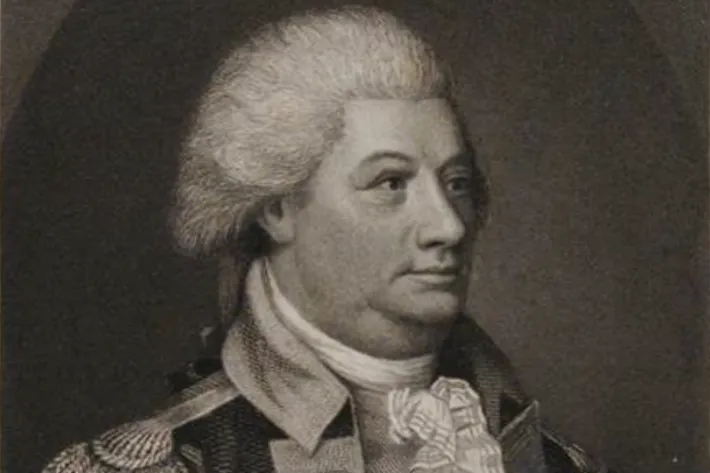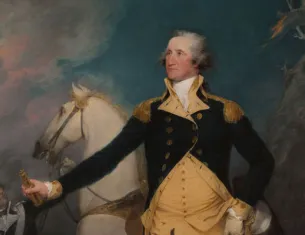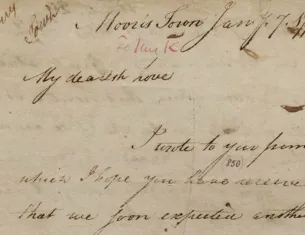Henry Knox

Henry Knox, engraved by H. W. Smith, based on a painting by Edward Savage, ca. 1860 (The Gilder Lehrman Institute of American History)
Henry Knox (1750–1806) served throughout the Revolutionary War and was George Washington’s close friend and advisor. Knox’s father died when he was nine years old, and he left school at twelve to help support his family. Apprenticed to a Boston bookbinder, he opened his own bookstore at the age of 21. Knox read voraciously on military history and strategy, which prepared him for his role in the Continental Army. He married Lucy Flucker, daughter of the Royal Secretary of the Massachusetts Bay Colony. Her family was loyalist who opposed her marriage to the poor, patriotic bookseller. The couple had thirteen children, though only three survived to adulthood.
Knox was active in the patriot cause, participating in political protests and in the military. General Washington admired fortifications he had designed near Boston and brought him into the Continental Army. Colonel Knox planned and executed the transport of captured British artillery from Fort Ticonderoga in New York to Boston—a 300-mile winter march that took 56 days. The appearance of the cannon on Dorchester Heights overlooking Boston pushed the British out of Boston in March 1776. He was soon made Washington’s chief of artillery. After the Revolution, Henry Knox served as the Secretary of War and settled in Maine.


